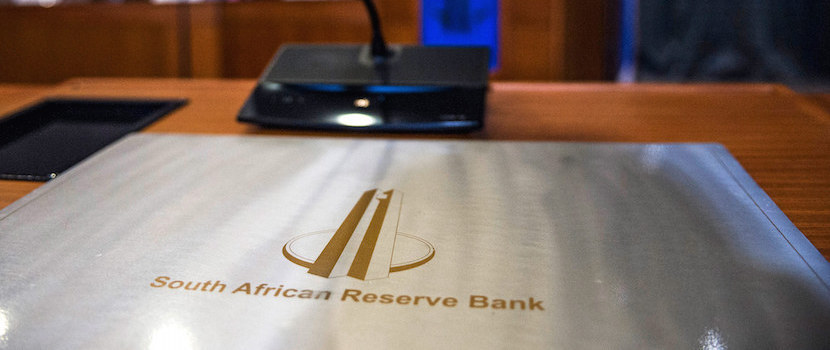By Kevin Lings*
The South African Reserve Bank opted to leave the Repo rate unchanged at 7.00% at its MPC meeting today. This was in-line with market expectations (STANLIB also expected no change in rates). The Reserve Bank last adjusted interest rates in March 2016, when they increased rates by 25bps. According to the MPC statement, the decision to keep rates unchanged was unanimous. The SARB highlighted that the upside risk to inflation has increased moderately, while the growth rate remains constrained.
In terms of inflation and the Rand, the Reserve Bank highlighted the following:
- Global inflation remains generally benign and since the previous meeting of the MPC a number of countries have loosened monetary policy.
- The latest inflation forecast of the Bank is broadly unchanged over the forecast period, despite a moderate upward adjustment to the food price forecast
- The financing of the current account deficit may become more challenging should the recent significant non-resident sales of bonds and equities persist.
- The rand will also remain sensitive to the sovereign ratings announcements due this month and early in December.
- Food price inflation remains a significant driver of inflation, and is sensitive to the continuing drought. While food price inflation is still expected to moderate from early 2017, the pace of decline is expected to be slower than previously forecast.

In terms of the growth outlook the Bank highlighted the following:
- The domestic economic growth outlook remains subdued, although the low point of the cycle appears to be behind us.
- While the estimate for potential GDP growth was revised down marginally to 1.3%, and rising to 1.5% by 2018, the output gap is expected to remain negative over the forecast period.
- Available monthly data suggest that GDP growth in the third quarter is likely to be positive, but well below the rate recorded in the second quarter.
- Consumers continue to face a number of constraints. Employment growth is particularly weak; household debt levels, while moderating, are still elevated; and wealth effects are muted amid stagnant equity and residential property markets.
Importantly the Reserve Bank stressed that a high degree of uncertainty surrounds the nature and timing of possible policy changes emanating from significant developments in the global economic environment. This elevated uncertainty creates a more challenging environment especially for emerging markets as evidenced in the recent changed pattern of capital flows. Financial markets are thus likely to remain volatile for some time.

Overall, while the Reserve Bank is still a little more concerned about the upside risk to inflation, there baseline forecast still predicts that inflation will move back inside the target in 2017. This is helped by the possibility of significantly positive base effects should the agricultural season improve in 2017 and the Rand remain range-bound. The Bank is also concerned about the growth outlook, despite indicating that the economy is past the worst. From our perspective, the Bank can afford to hold rates steady in the near-term, while they assess a range of factors including global financial market conditions post-Brexit, the possibility of the Federal Reserve raising rates more aggressively, the impact of the Trump victory on emerging economies and the risk that the South African economy fails to lift growth in 2017. Lastly, the Bank is also, clearly, very mindful of the ongoing risk of a credit rating downgrade, which may require a policy response if there is a significant downgrade. While we expect rates to remain on-hold in the short to medium term, it is still premature to forecast that the next move in interest rates will be a cut.
- Kevin Lings, chief economist, Stanlib


